 System lets people personalize online social spaces while staying connected with othersBy enabling users to easily create social apps that serve communities’ needs, the Graffiti framework aims to promote healthier online interactions.
System lets people personalize online social spaces while staying connected with othersBy enabling users to easily create social apps that serve communities’ needs, the Graffiti framework aims to promote healthier online interactions.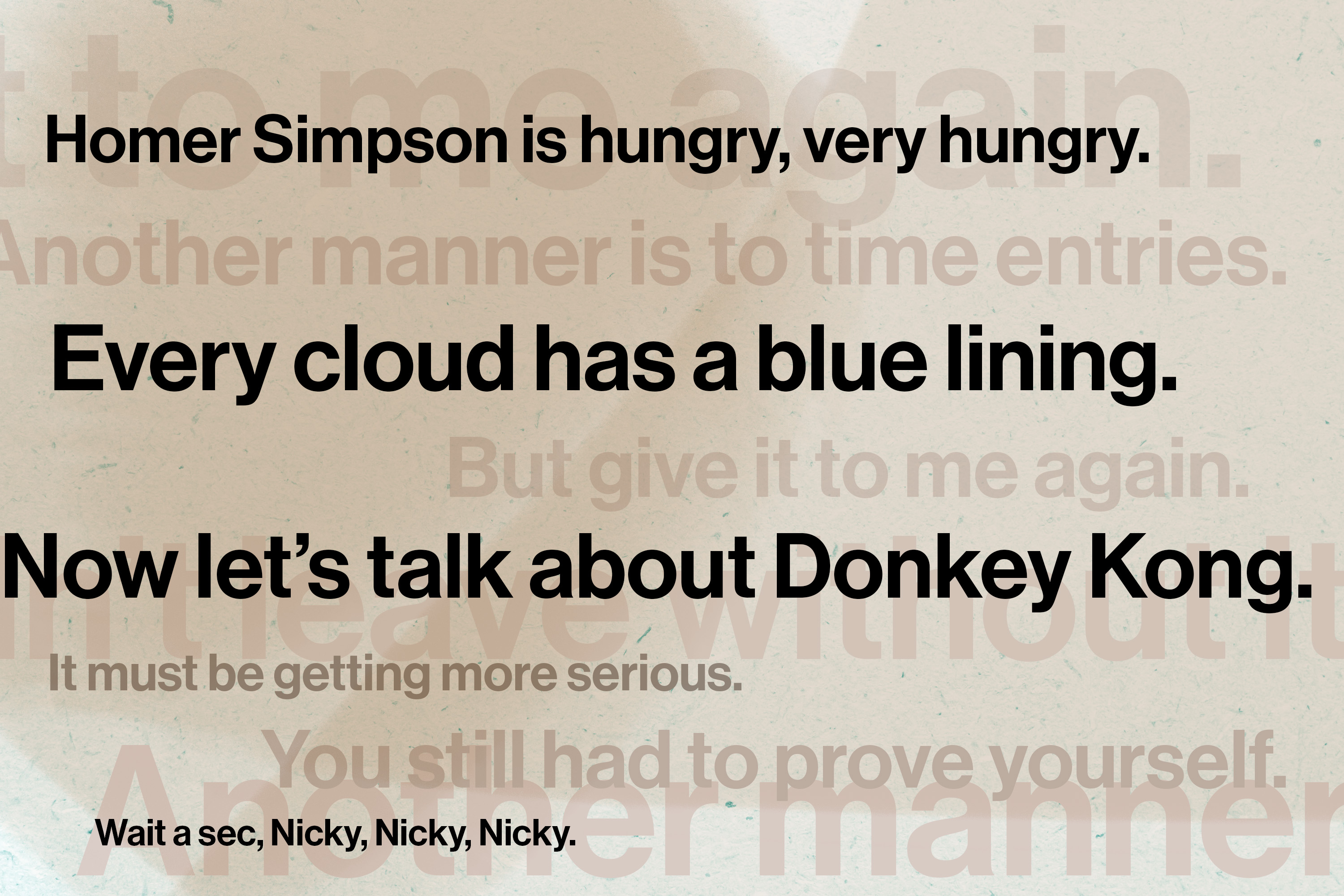 MIT cognitive scientists reveal why some sentences stand out from othersSentences that are highly dissimilar from anything we’ve seen before are more likely to be remembered accurately.
MIT cognitive scientists reveal why some sentences stand out from othersSentences that are highly dissimilar from anything we’ve seen before are more likely to be remembered accurately.
- System lets people personalize online social spaces while staying connected with othersBy enabling users to easily create social apps that serve communities’ needs, the Graffiti framework aims to promote healthier online interactions.

- MIT cognitive scientists reveal why some sentences stand out from othersSentences that are highly dissimilar from anything we’ve seen before are more likely to be remembered accurately.

- Responding to the climate impact of generative AIExplosive growth of AI data centers is expected to increase greenhouse gas emissions. Researchers are now seeking solutions to reduce these environmental harms.

- The first animals on Earth may have been sea sponges, study suggestsMIT researchers traced chemical fossils in ancient rocks to the ancestors of modern-day demosponges.
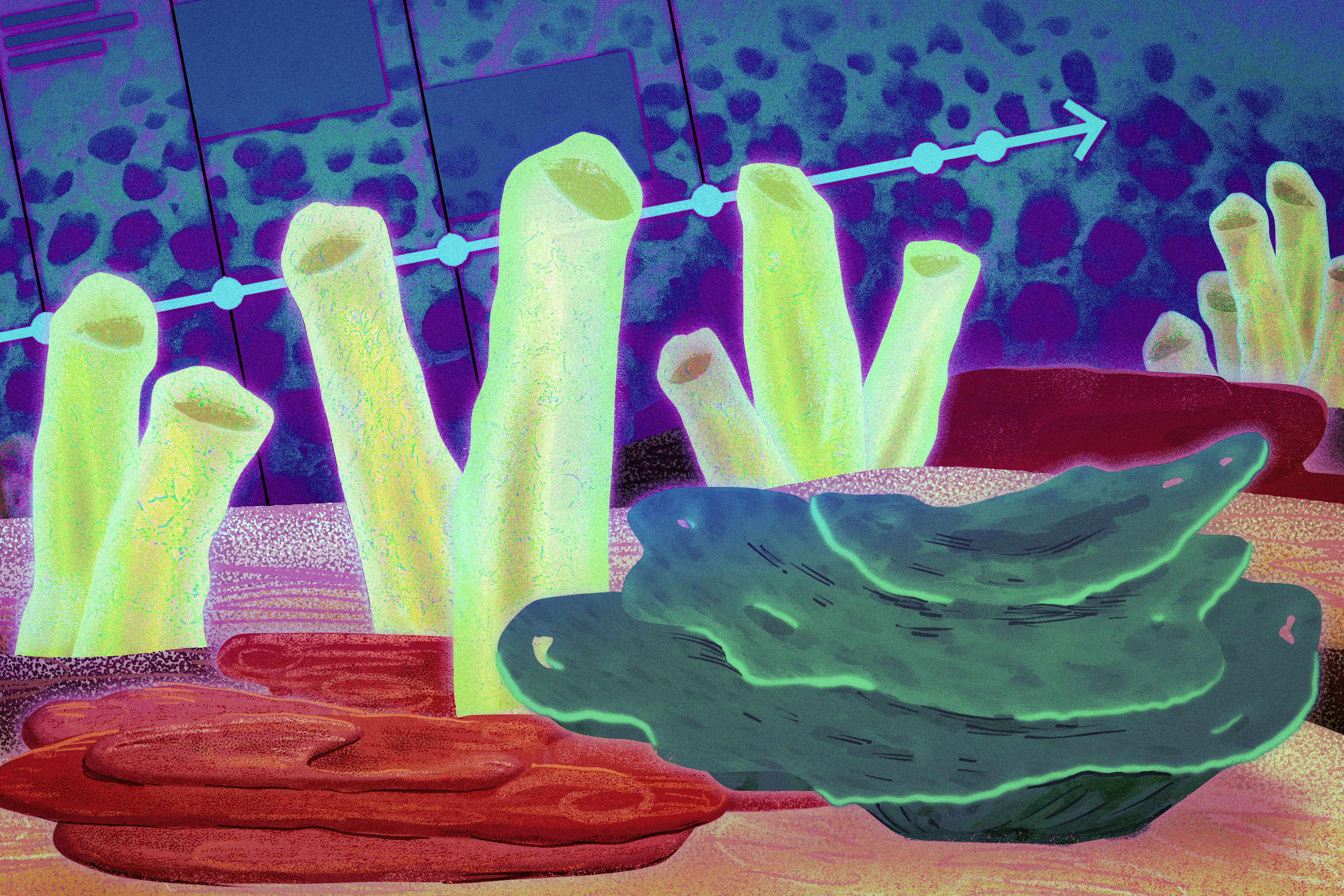
- An adaptable evaluation of justice and interest groupsBruno Perreau’s latest book, “Spheres of Injustice,” updates classic thought about rights and legal standing in a complex society.
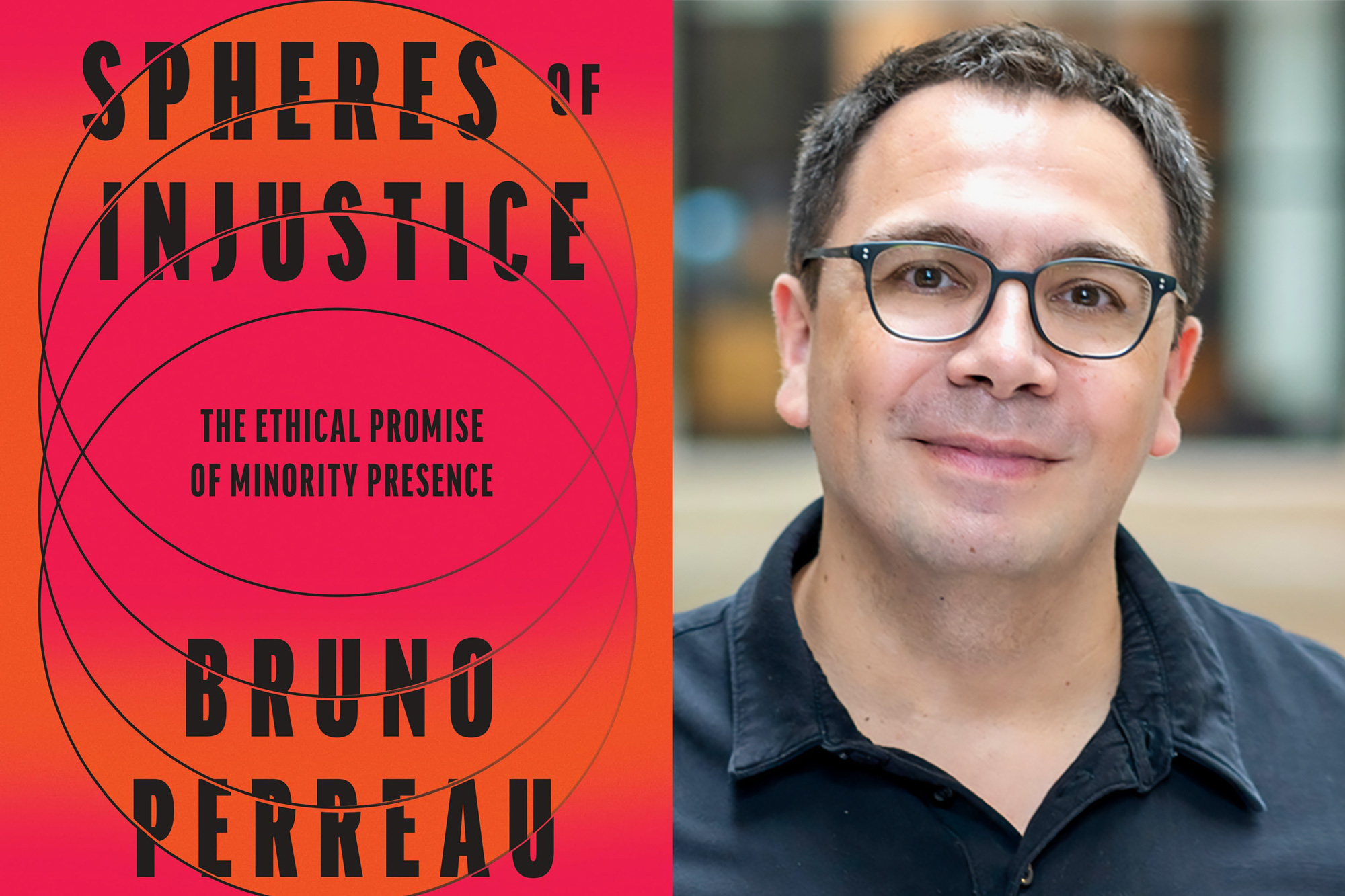
- How federal research support has helped create life-changing medicinesA new study finds over half the drugs approved this century cite government-funded research in their patents.

- AI system learns from many types of scientific information and runs experiments to discover new materialsThe new “CRESt” platform could help find solutions to real-world energy problems that have plagued the materials science and engineering community for decades.
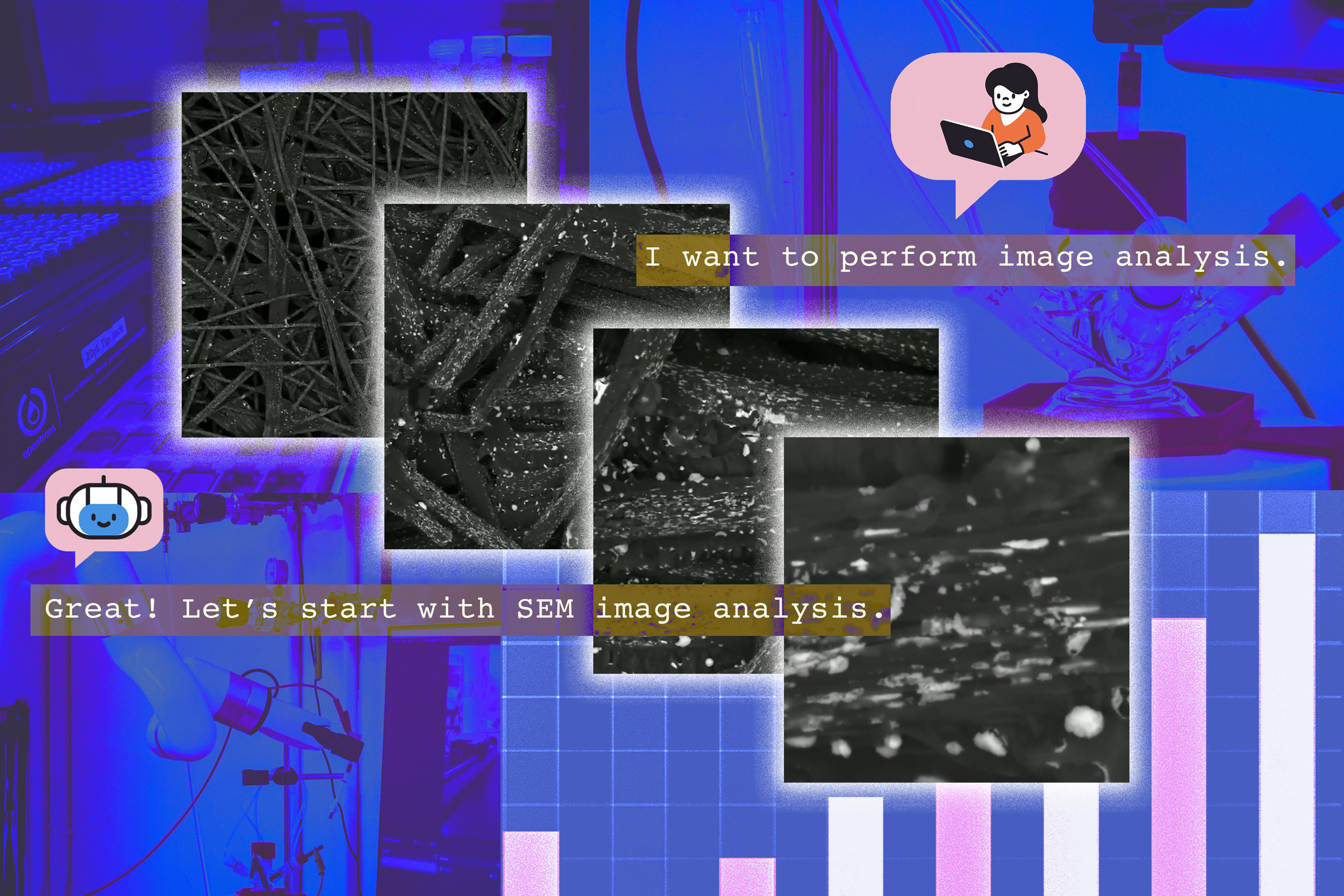
- Study shows mucus contains molecules that block Salmonella infectionMIT researchers now hope to develop synthetic versions of these molecules, which could be used to treat or prevent foodborne illnesses.
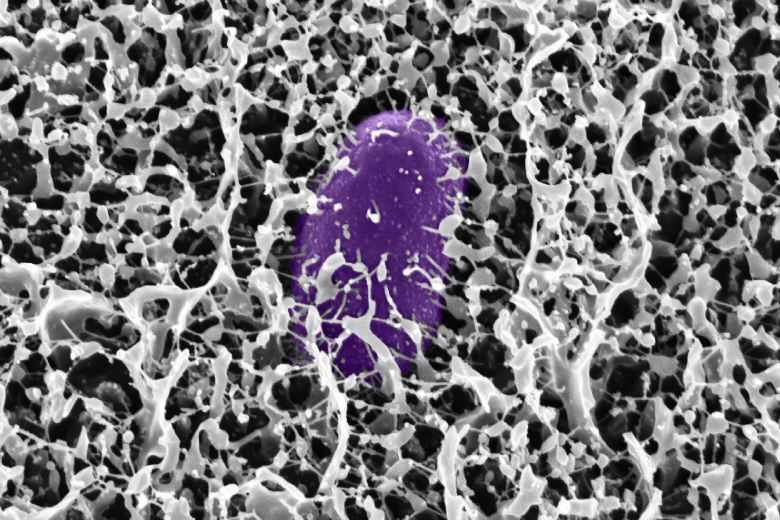
Loading...


